
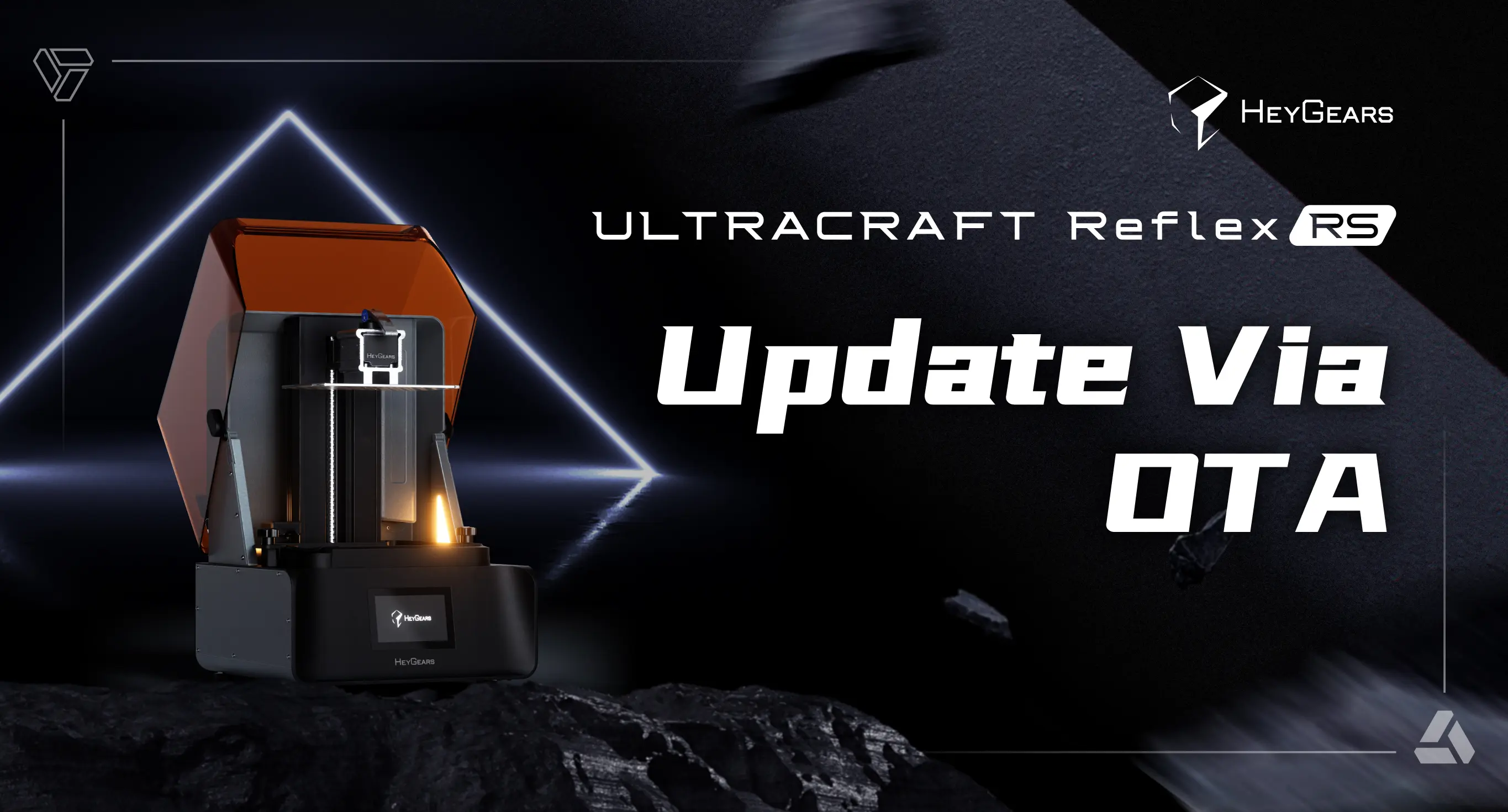
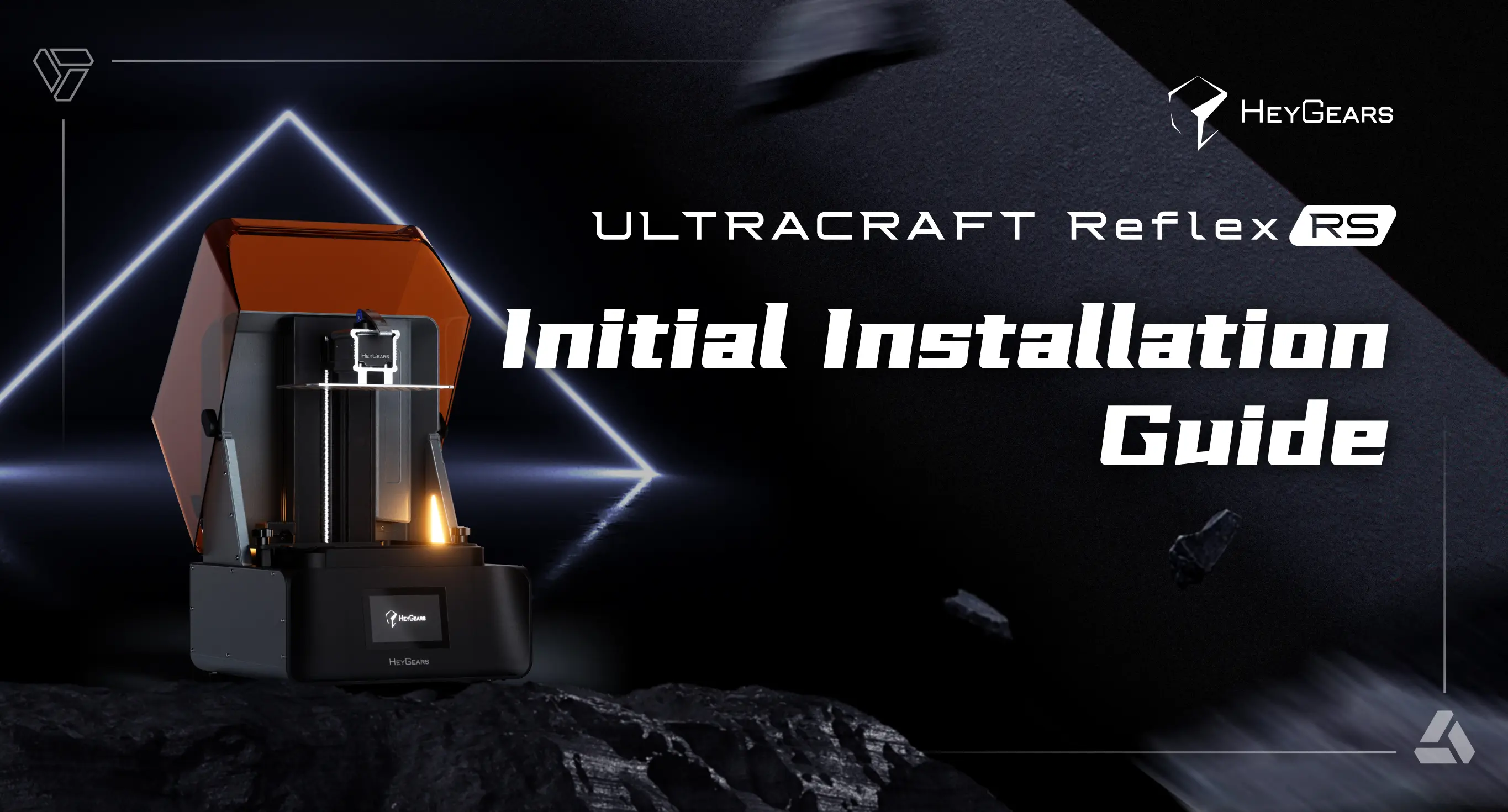
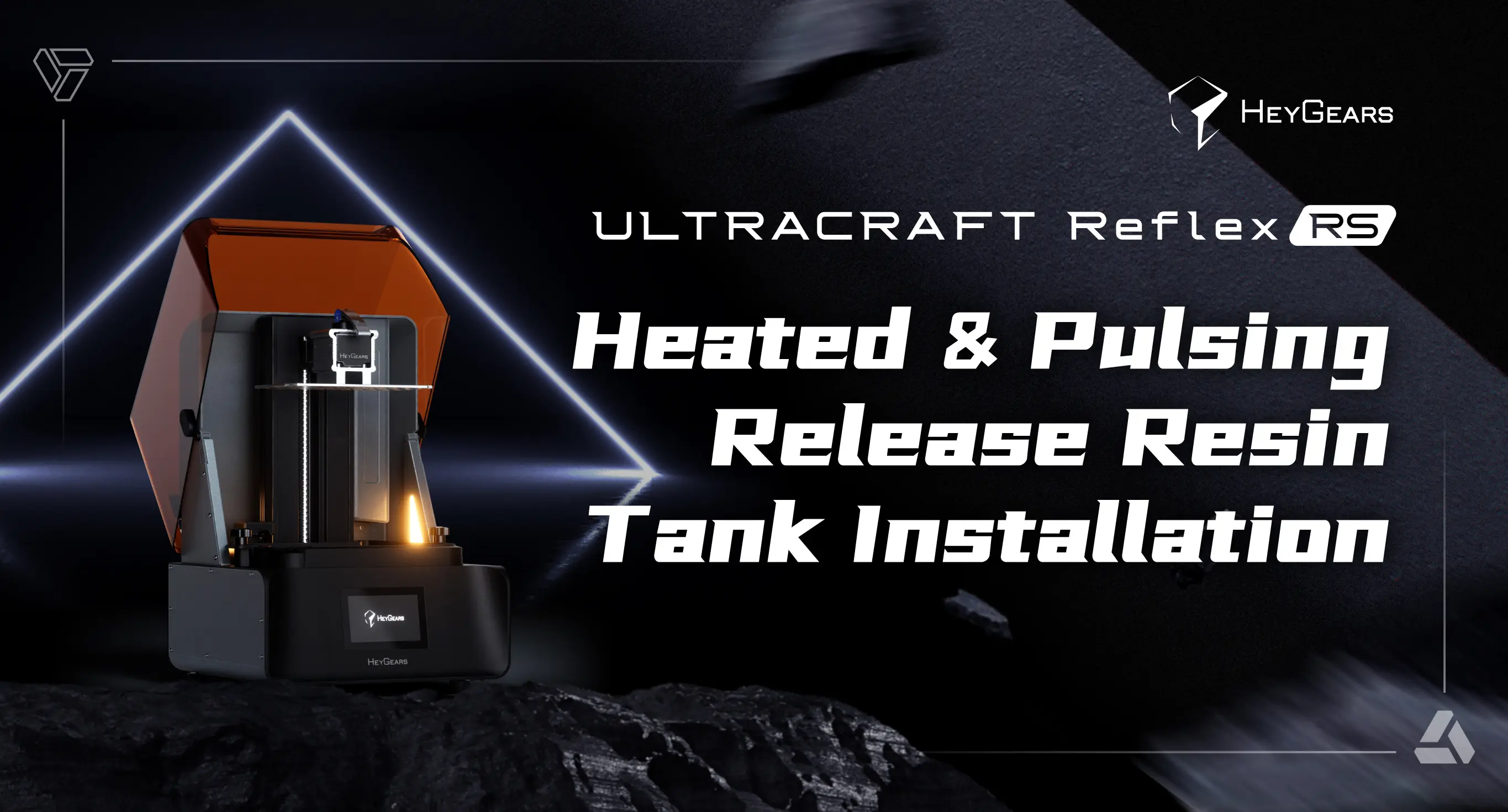
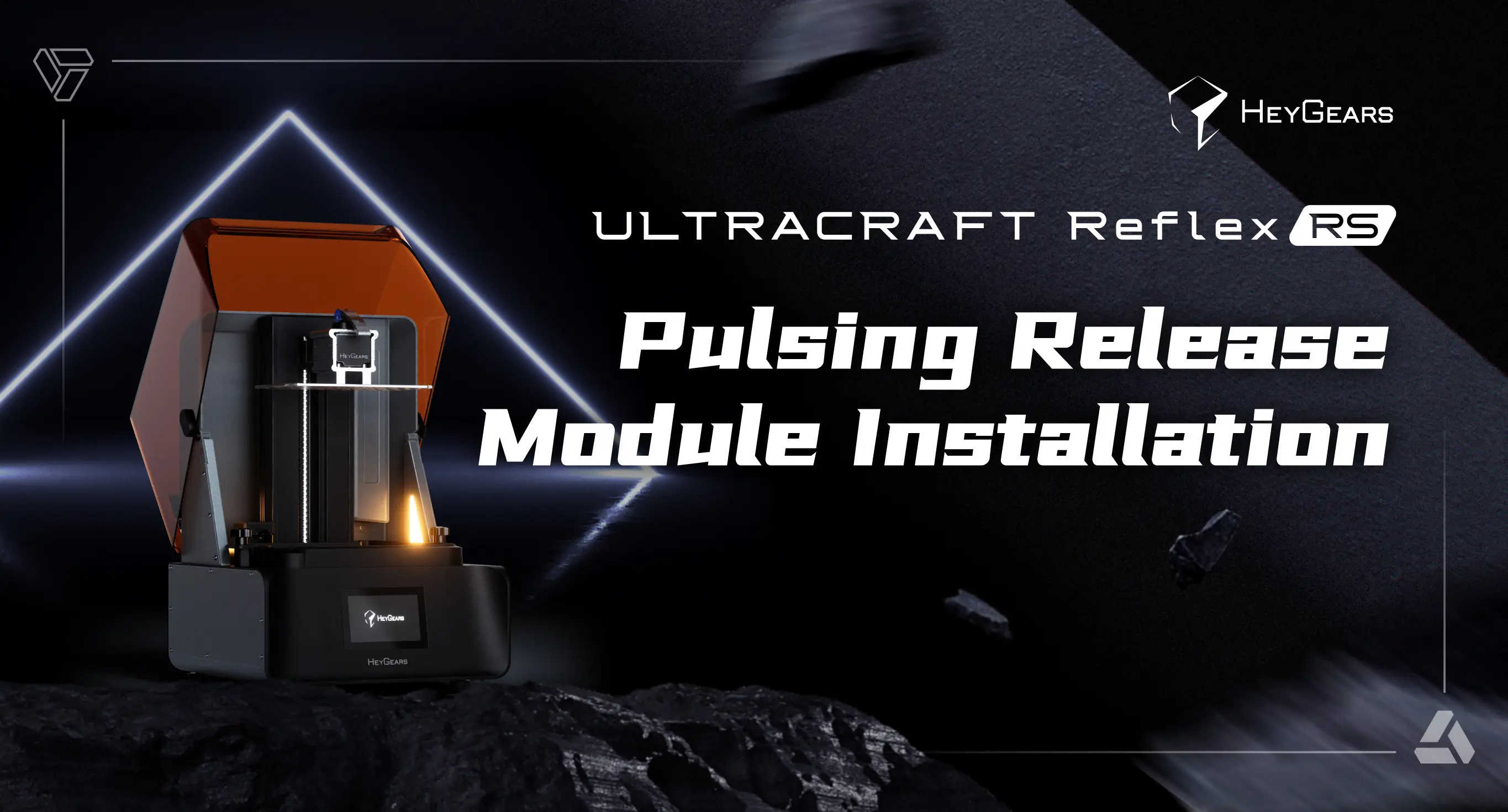
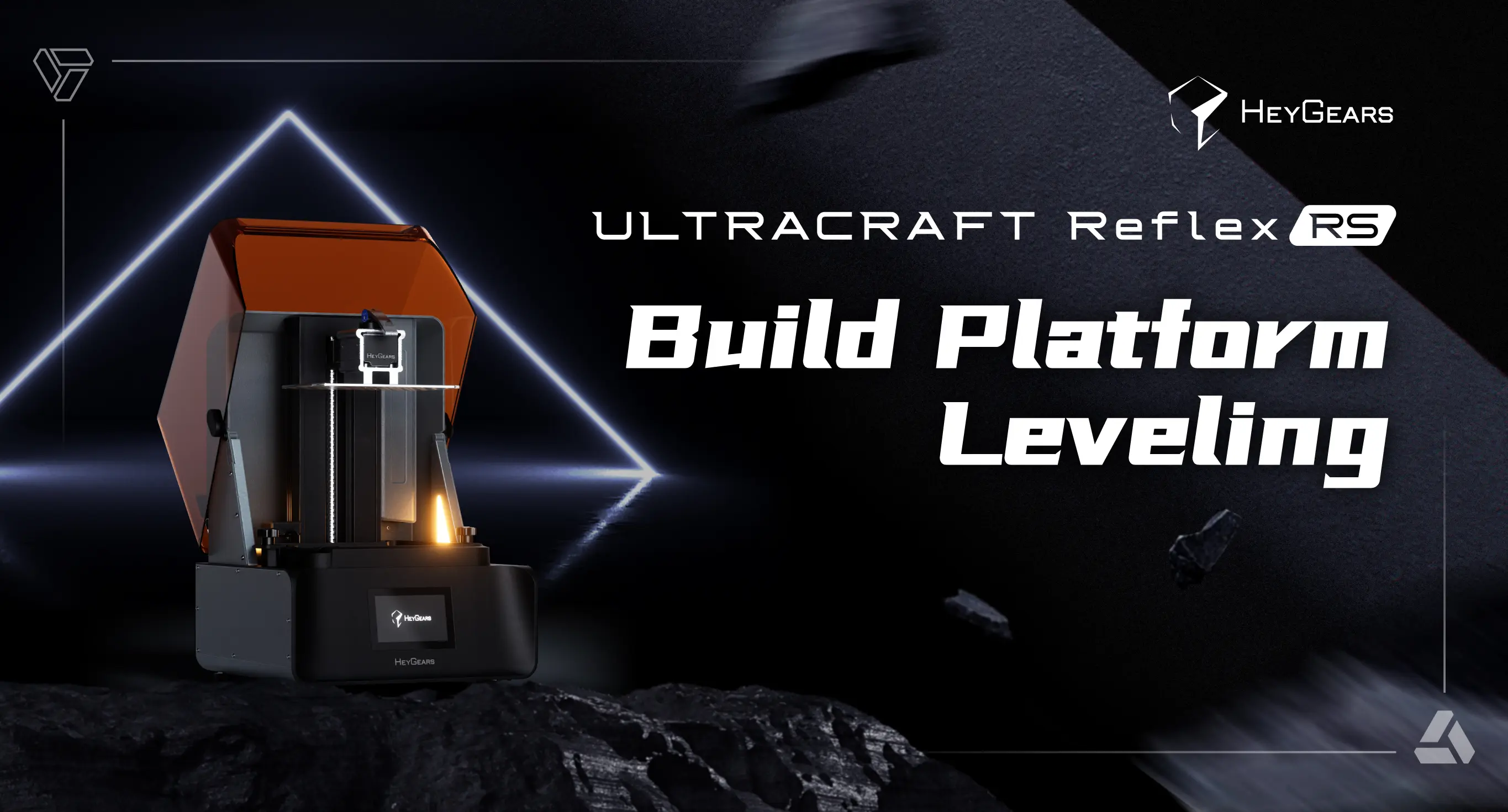





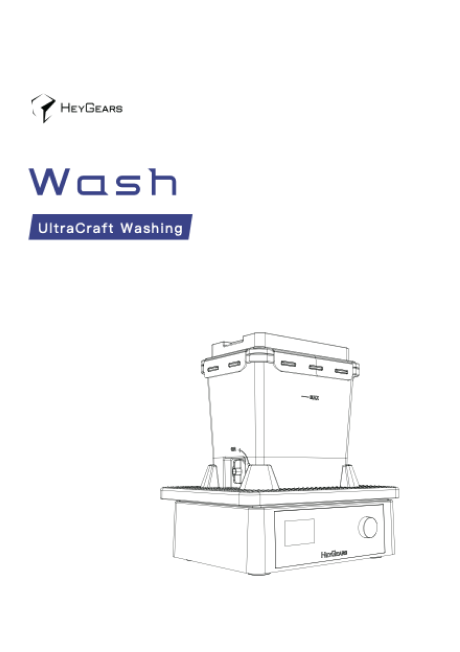

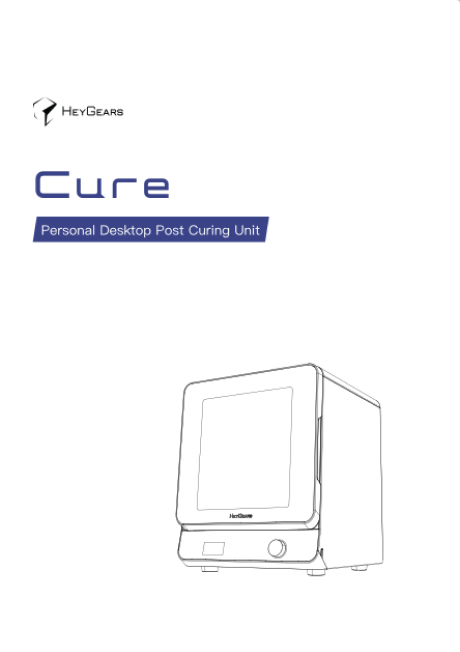

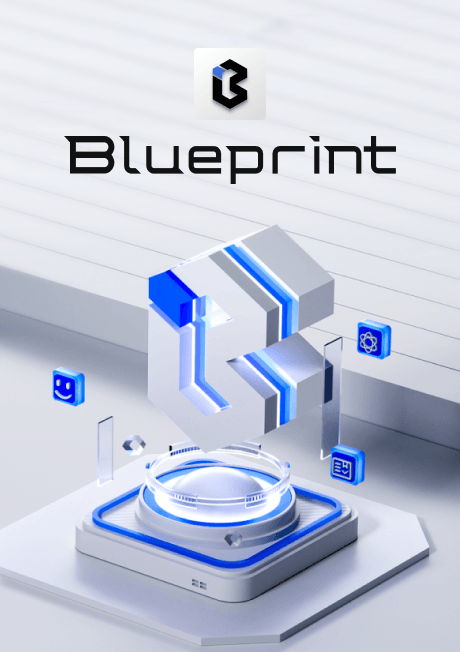











Reflex FAQ
Reflex RS
Reflex
Material
Post-processing
Other
What is the layer height and positioning accuracy of the Z-axis of the RS?
The Z-axis of the RS uses a C5 precision class ball screw, with a supported layer height of 30-100μm. The positioning accuracy is ±2μm over a 300mm travel, and more layer thickness options may be available in the future.
Can the Reflex RS use third-party resins for printing?
To ensure the quality of prints and the stability of the equipment, it is recommended to use resins provided by the official source. Our resins have undergone rigorous testing to ensure they are perfectly matched with the printer's performance and software settings, resulting in high-quality prints. If you use resins from other brands, mismatched parameters may lead to risks such as print detachment, missing parts, residue, poor surface quality, low precision, and could even damage the equipment. Damage to the printer caused by third-party resins is not covered under warranty.
What is the difference between the resin filling mechanisms of the Reflex RS and the Reflex?
The Reflex RS utilizes a gravity-fed system, requiring careful handling of the resin bottle to prevent spillage. The Reflex features intelligent liquid level control, maintaining a low liquid level to ensure effective reflow and measuring the remaining resin in the bottle for more precise resin management.
Does the Pulsing Realease Resin Tank of the Reflex RS have a heating function?
The Pulsing Release Resin Tank of the Reflex RS features a heating function.
What is the service life of the Reflex RS Release Film and Pulsing Release Module Release Film?
The standard Release Film has an estimated service life of around 100,000 cycles. The Pulsing Release Module Release Film typically lasts longer than the standard release film, with a lifespan that can reach approximately 150,000 cycles.
Further Support

customersupport@heygears.com










